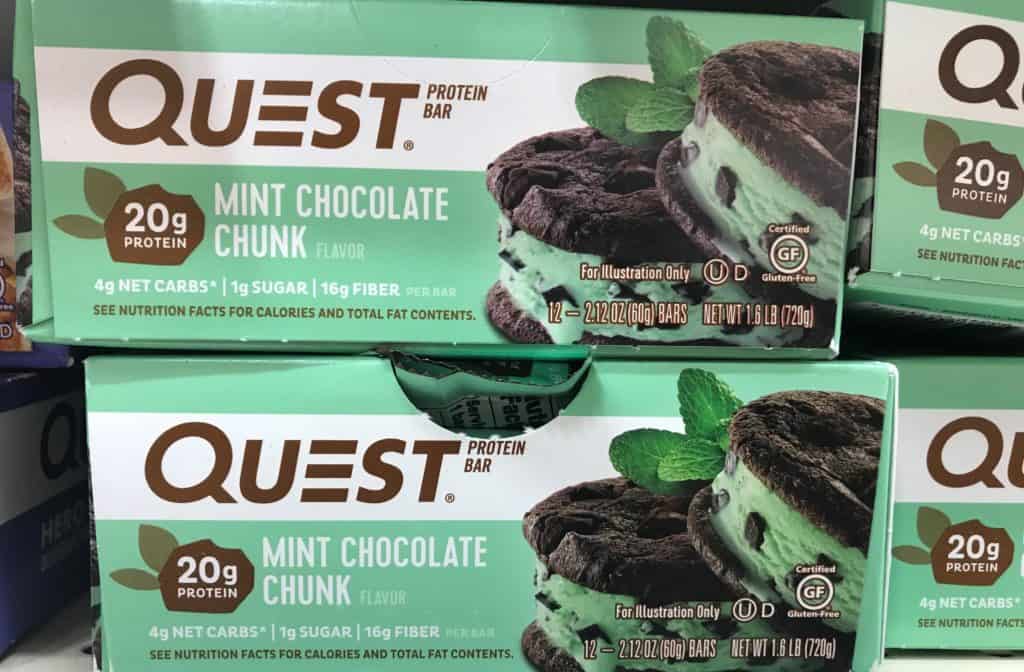
The number one key to success with any diet is compliance, or your ability to stay on the diet for a long period of time. Whether the goal is to build muscle or burn fat, consistency is the main factor in achieving it. Once you go off the rails it can be hard to get back on, and the progress lost in that time is debilitating and discouraging.
Oftentimes the hardest part of staying on a diet is not eating the meals themselves, but the time in between. Chicken, rice, and broccoli, which is the standard bodybuilding meal, can actually be pretty tasty if you know how to cook and season your food properly. But sometimes the three hours in between meals can feel like three days. You’re hungry and you can’t even concentrate on whatever the task at hand may be.
Choosing the right snacks to hold you over can make or break your bodybuilding diet in the long run. So what exactly makes a good snack? Seems like a strange question but the foods listed in this article do in fact follow a certain criteria.
From a calorie and macronutrient perspective, these snacks will either be an adequate source of protein or be low in overall calories (or both). The low calorie options will ideally be satiating and also taste good, of course with the understanding that taste is subjective. This means you won’t be finding raw cauliflower on the list because nobody is snacking on that with a smile on their face.
This also means you won’t be finding any protein ball recipes on this list. Sure they taste great, but they’re typically calorically dense and usually I eat the whole pan in one day. Who would ever think that a mixture of peanut butter, honey, protein powder, oats, and dark chocolate would be so high in calories?
Ideally these foods also require little to no preparation and aren’t supremely processed. I’m not against processed goods from time to time (and honestly everything is processed to a certain degree), but you have to consider the strategy. Processed foods typically trigger hunger hormones which make you want to eat more, so while they aren’t inherently bad they’ll test your willpower every time.
Lastly I tried not to choose obscure products that you can’t find anywhere. Onto the list, in no particular order.
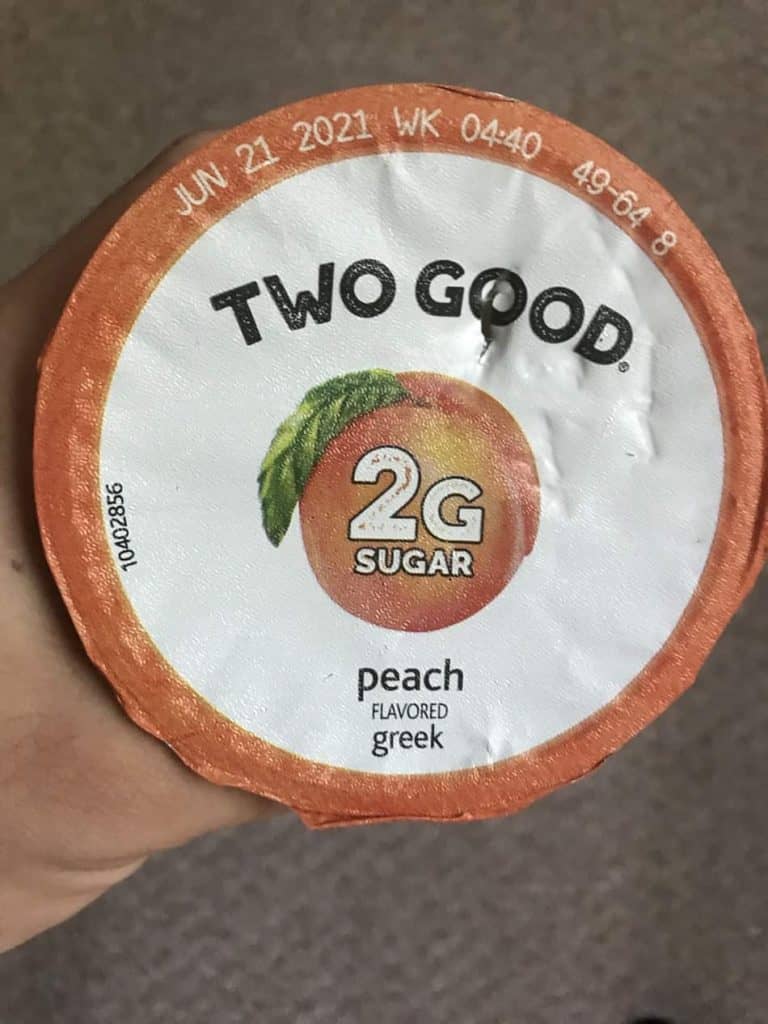
1. Greek Yogurt
Greek yogurt is one of the easiest sources of protein to add to your diet. It’s not dense like meat and usually packs 12-15 grams of protein per 5 oz. container.
Oikos Triple Zero has great macros overall with 15g of protein and only 10g of carbs (3g of which is fiber). There is also a brand called Two Good which, somehow, only has 2-3g of carbs per serving. The texture and taste are amazing considering how few carbs are in it. It’s a bit pricier than regular greek yogurt but it’s a lifesaver for people on a low carb diet.
Overall, dairy is a great source of high quality protein. So long as your not lactose intolerant, it should be a staple in any bodybuilding diet. In general, greek yogurt has very low lactose compared to other dairy sources.
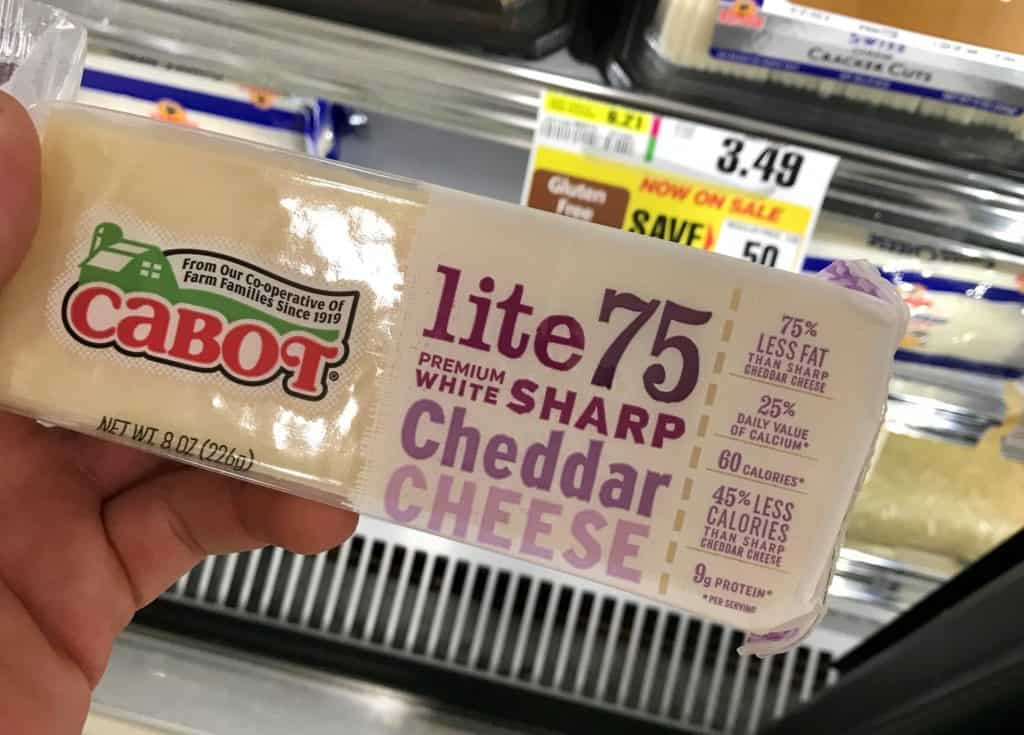
2. Cabot Lite Cheese
Cabot makes a number of products that have a fraction of the fat and calories that regular cheese does. It’s also higher in protein than normal cheese. Cabot sells them in blocks that you can slice up and eat, add to salads, etc.
The taste is obviously lighter than the regular thing but at the same time the taste isn’t “off.” Sometimes when you eat product substitutes, like the vegan version of a non-vegan food, the taste just isn’t right (for obvious reasons). This is not the case here. Cabot lite cheese tastes like regular cheese, just not as potent.
3. Protein Bars
Nowadays protein bars encompass a huge variety of brands and products. It’s hard to single out one bar as the best since many of them taste good and have similar macros. What I tend to avoid are the super high calorie bars (400+) and protein cookies. The cookies are high in carbs and fats and honestly don’t even have much protein. One entire Lenny & Larry’s cookie has 17g of fat and 56g of carbs. That is a ton for a product that isn’t all that filling.
Many protein bars are just glorified candy bars. I don’t know what the threshold protein content is to be considered a protein bar, but it’s likely quite low. This is why you should always turn to the nutrition facts panel to see what’s in the product.
Quest is the most popular bar, and for good reason. They have a lot of flavors, the macros are solid, and you can find them in almost any supermarket or convenience store. There are a lot of similar brands like One, Pure Protein, MusclePharm Combat, and Detour that are just as good.
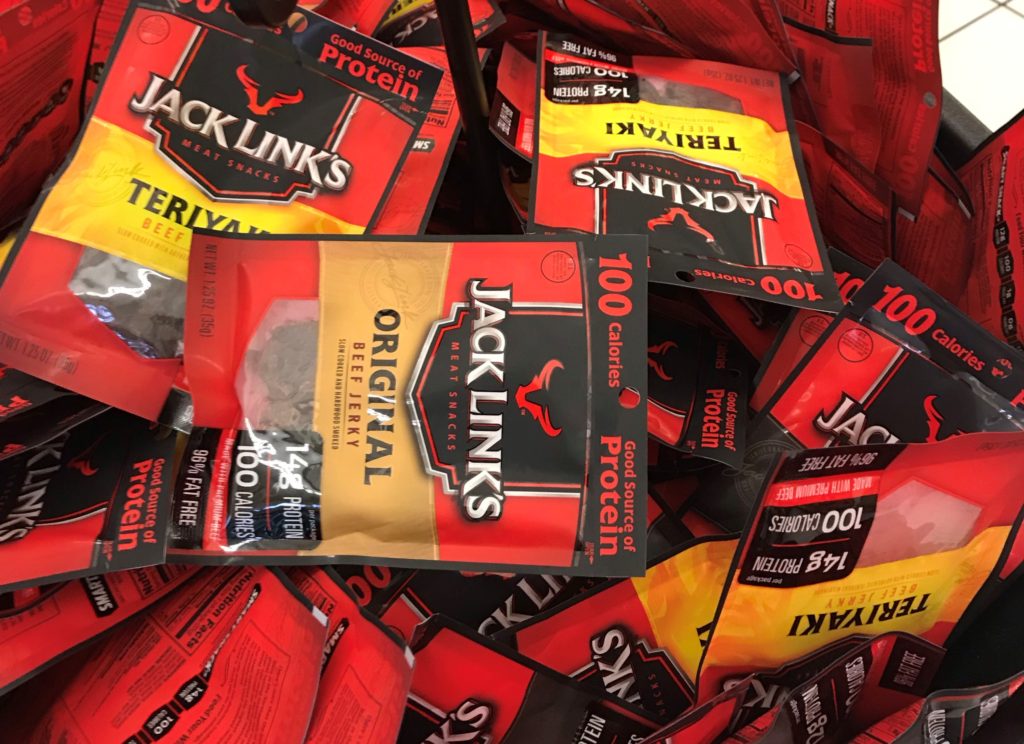
4. Jerky
Whether it’s beef, turkey, ostrich, or whatever else they’re making into jerky these days, they make for a solid bodybuilding snack. Any form will yield a good amount of protein, which makes sense when you consider jerky is just dehydrated meat.
The greatest benefit is the excessive chewing that comes with eating it. Jerky is not something you wolf down like a bag of chips. Between the jaw workout and the speed at which you can eat it, it’s a great option to keep you on your diet. The drawback is in its cost; on a per serving basis jerky is quite expensive.
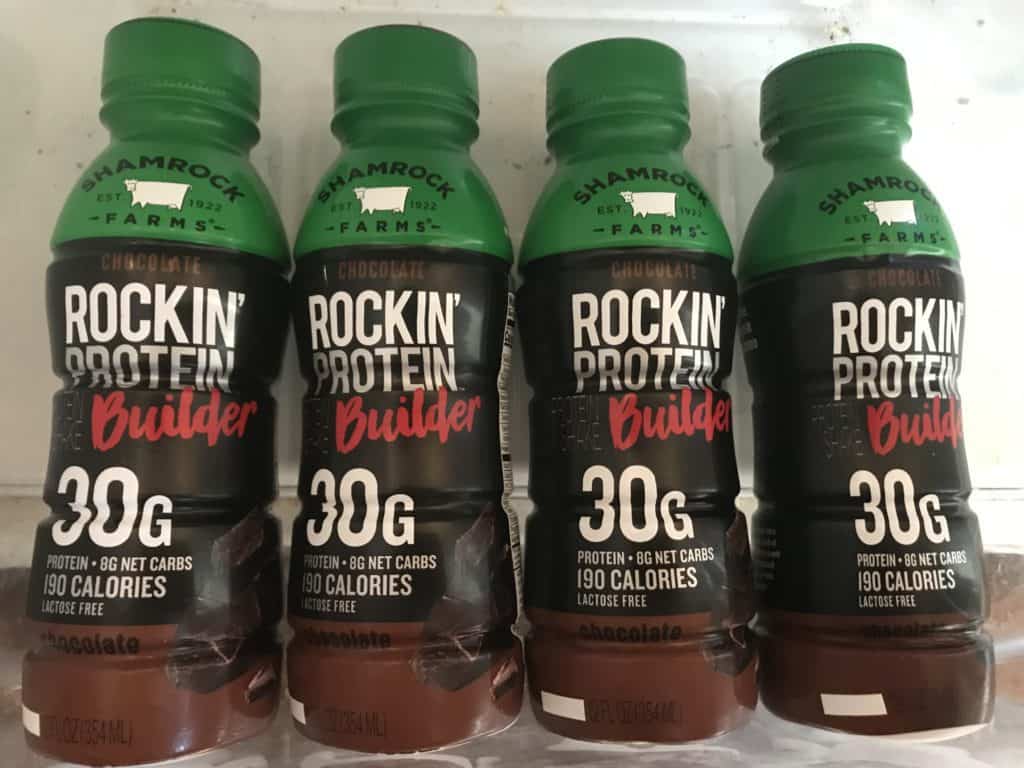
5. RTD (Ready to Drink) Shakes
Since convenience is a major variable here, we’re specifying RTDs as opposed to shakes in general. Sure it’s easy to carry a shaker bottle with a scoop of protein inside where all you have to do is find some water. But sometimes you’re on the run and unprepared.
Similar to protein bars, RTD shakes are now prevalent in supermarkets and convenience stores. If you’re near a supplement store or a gym, you’ll have even more options.
Unlike certain protein bars, you’ll rarely find a high calorie, weight gainer type RTD shake. They’re typically lean, with low fat and carb content. In fact, you’ll find brands like Isopure which offer 0 fat, 0 carb, 100% protein drinks.
6. Fiber One Wraps
Everyone loves a good wrap, but the average large wrap packs about 50g of carbs. Fiber One makes a wrap that only has 14g of carbs, 7 of which is fiber. Despite it being low carb it tastes like a real wrap and is actually a decent size.
Fiber One wraps come in a few varieties, like spinach, wheat, and traditional. The fiber comes from oats, so it should not cause any gastrointestinal problems unlike other products fortified with added fiber.
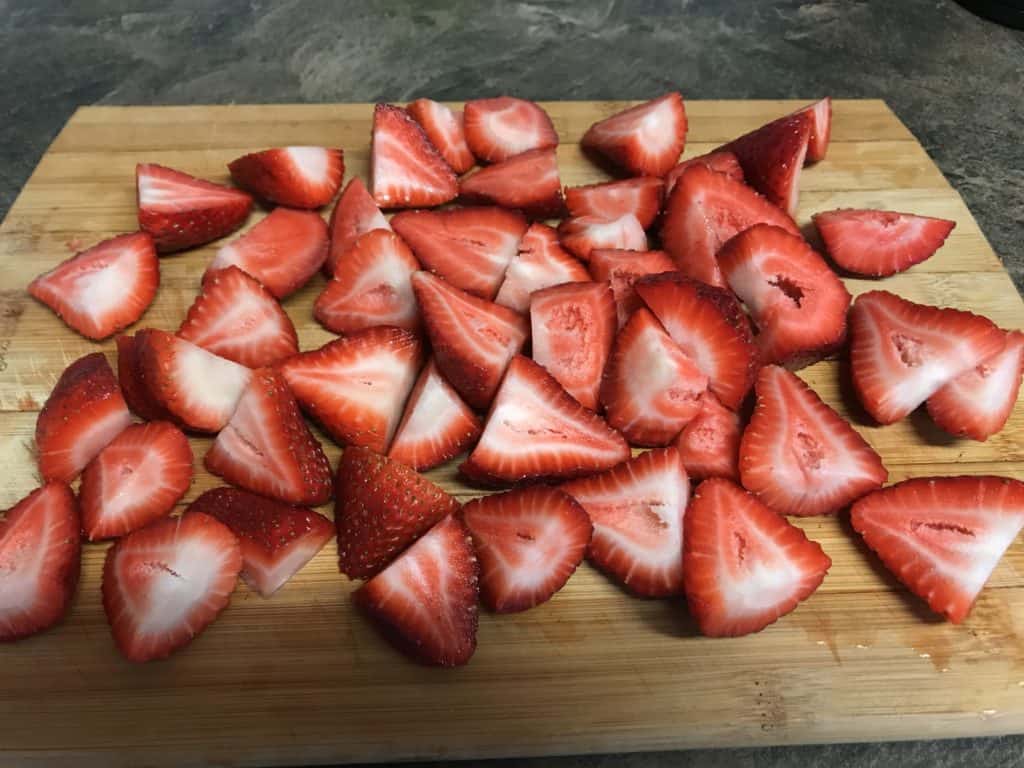
7. Strawberries
People unfamiliar with the nutrition content of foods usually have the assumption that fruits are loaded with sugar. I used to think this myself until diving into the macros on each one. Surprisingly, most fruits are pretty low in sugar/carbs per serving.
Strawberries stand out because they are exceptionally low, with an entire cup only containing 12g of carbs, 3g of which is fiber. More importantly, they taste great. They’re a great option to curb your sweet tooth without having any guilt. In addition, they’re packed with antioxidants and vitamin C.
Berries in general taste good, are low calorie, and high in fiber.
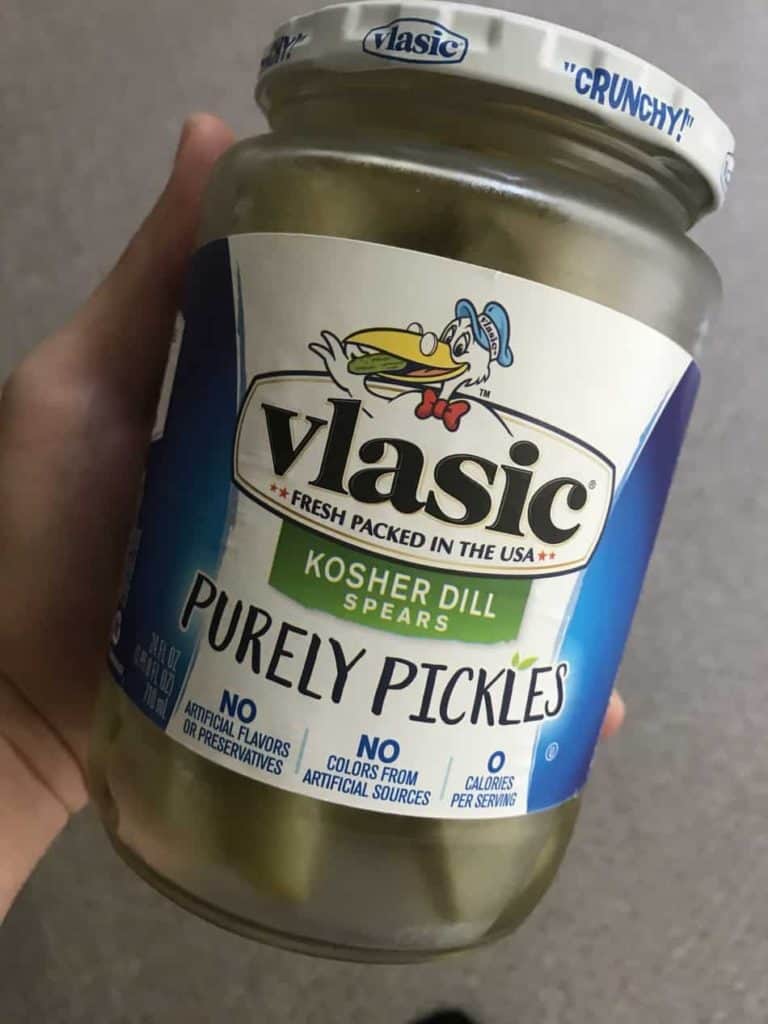
8. Pickles
In an effort to keep this realistic, I didn’t want to cram a bunch of raw vegetables into the list. Nobody wants to snack on raw cauliflower. But I think pickles are the exception, and therefore will be the only vegetable on here.
When dieting, pickles are a great pre workout snack. Workouts get more challenging as calories get low and resources are depleted. It can be difficult to get a pump as well.
The high sodium content of pickles can aid in both muscle pumps and hydration.
9. Polaner Low Sugar Jelly
Obviously you wouldn’t eat jelly out of the jar, but this stuff is good enough that you may consider it.
This is more of a way to add flavor to something without adding excess calories. This brand specifically tastes great and comes in a variety of flavors. Personally, I love the strawberry and apricot.
The texture is also like real jelly, unlike Walden Farms, which makes it easy to spread and scoop out of the jar. It’s great with oats, cream of rice, or whole grain bread.
Polaner low sugar jelly has 5g of carbs, 3g of which is fiber from pectin.
10. Hard Boiled Eggs
There’s nothing more annoying than peeling hard boiled eggs. But most supermarkets have packaged hard boiled eggs by the dozen or half dozen that are already peeled.
Eggs are some of the highest quality, bioavailable forms of protein you could have. They’re good with a little ketchup or hot sauce and in salads as well.
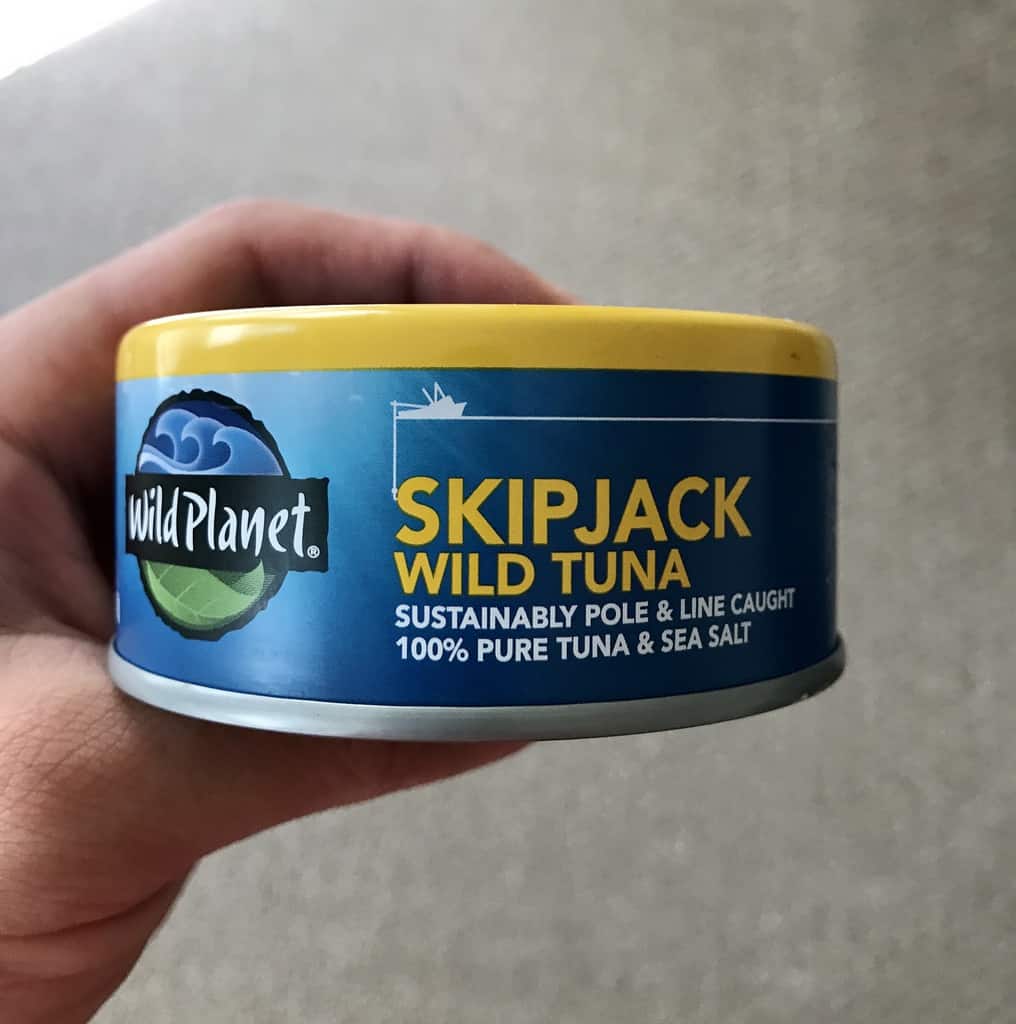
11. Skipjack Tuna
Ordinary tuna, like chunk or albacore, is pretty rough eating it right out of the can. Even if it’s mixed in oil instead of water it’s still not the greatest tasting thing in the world. You could tough it out, or look to a different option instead.
Skipjack canned tuna is starting to emerge in more grocery store chains. It is lightyears better than albacore tuna and is legitimately good right out of the can.
Safe Catch Elite and Wild Planet are two quality brands that are easy to find. The cans are a whopper too, boasting about 35-40g of protein a pop. Unlike other types of tuna, skipjack has a very low mercury content.
12. Watermelon
We alluded to the misconceptions about high sugar content and fruit before. Without rattling off every fruit in the world on this list, watermelon is another one that sticks out above the rest.
As the name suggests, watermelon has a high water content which makes it not only low calorie but filling as well. Despite this, it maintains a flavorful taste and serves as a great bodybuilding snack with or between meals.
Watermelon will help with hydration as well. Most people don’t think of foods when it comes to hydration, but fruits and vegetables do indeed provide water.
13. Coffee
No one will suggest feeling stuffed after drinking a cup of coffee, but it serves an important function for the sake of this article.
Caffeine is an excellent appetite suppressant and coffee is the most popular source of caffeine in the world. In addition, it provides energy which is typically lacking when eating in a calorie deficit.
It’s important to choose wisely with coffee; we’re not suggesting caramel macchiatos here. At the same time you don’t have to drink it straight black. A little splenda or milk is fine. Nowadays there are tons of low calorie creamers to flavor it as well.
14. Cold Cut Turkey
Cold cuts get a bad rap because of high sodium, nitrates, and questionable quality. Cold cuts probably shouldn’t be a staple in a bodybuilding diet, but if you choose wisely it can help keep you on track. Many brands offer low sodium options if that is a concern for you. Turkey is probably the only one worth buying as it has the highest protein content per serving.
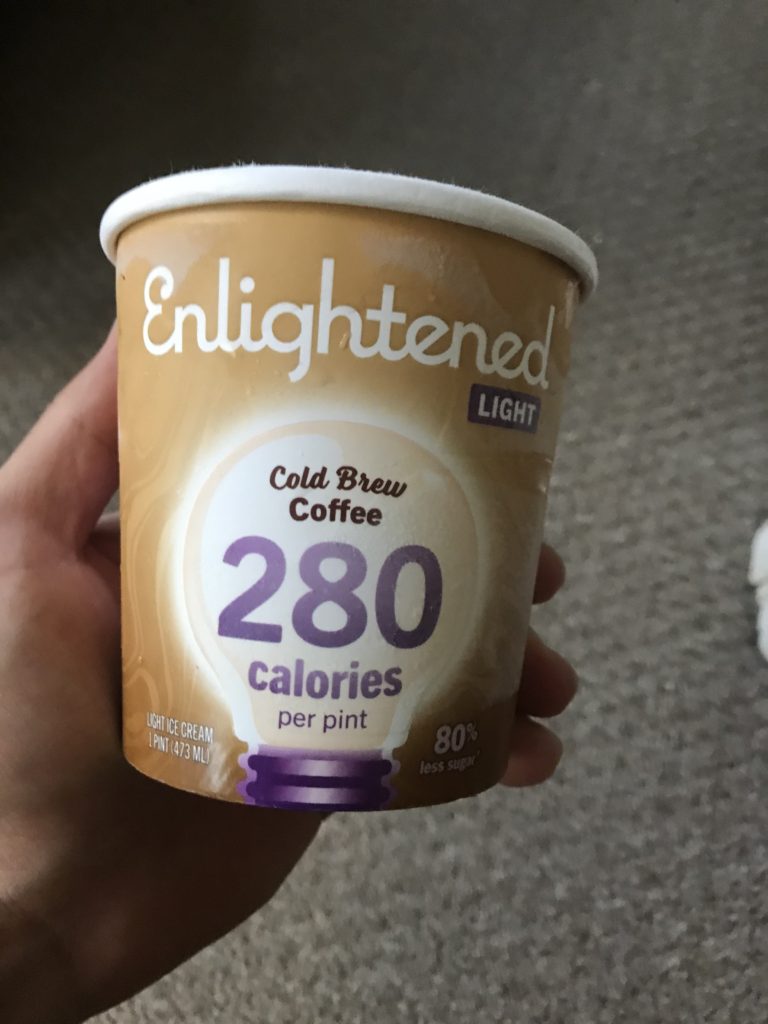
15. Enlightened Ice Cream
Low calorie ice creams are becoming more prevalent in grocery store chains. Low calorie is a bit of an ambiguous term, so be sure to check the label to make sure it fits your macros.
Companies like Breyers, Halo Top, and Edy’s all make fine low calorie options, but my personal favorite is Enlightened.
Enlightened comes in a variety of flavors and pound for pound has less sugar alcohols than Halo Top. Sugar alcohols are not bad by any means, but they’re often loaded into products like this and protein bars which can cause stomach distress.
Enlightened ice cream has a creamy texture, whereas some competitors have more of a gritty one, almost like an italian ice. They come in both pints and bars, my personal favorite being cold brew coffee.
Not to be forgotten is the protein content. The ice cream is made from skim milk and the entire pint will yield about 16g of protein.
